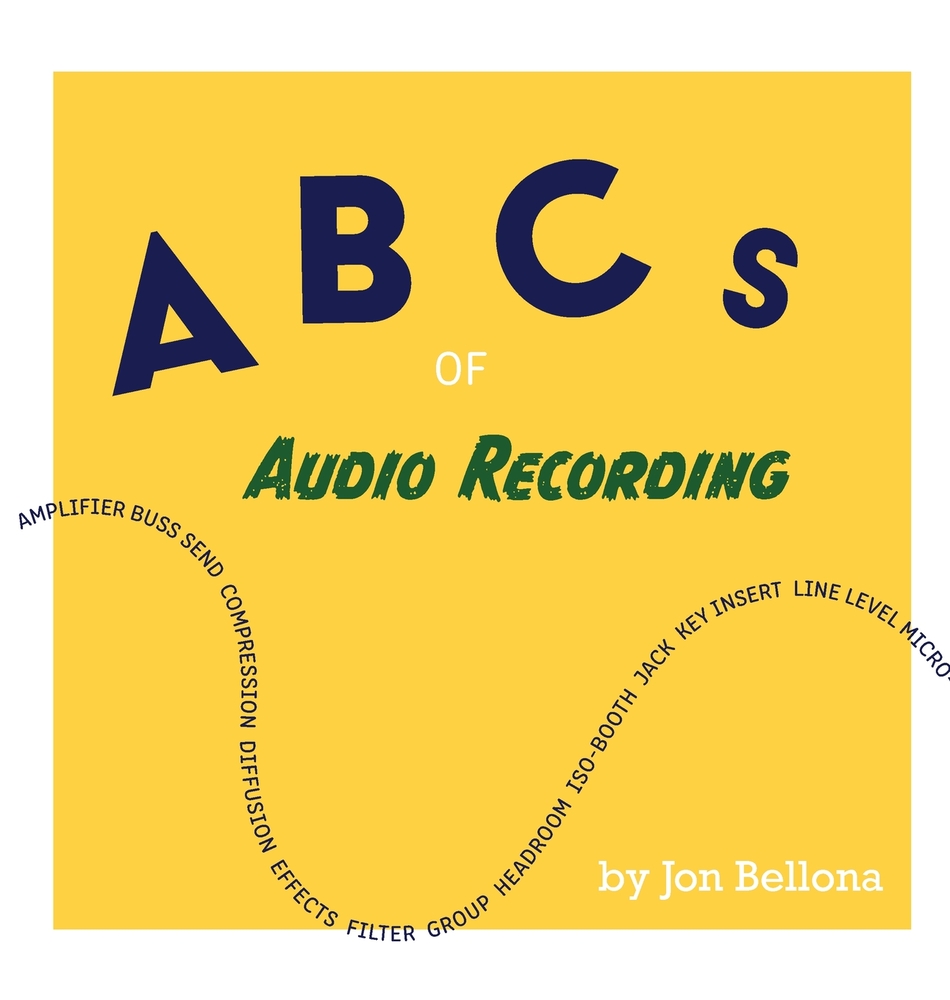Is it a graphic novel? AÂ concept album? An animation? An App? AÂ book?
The Book of Sarth is all of these things plus a narrative about an ear worm that is, itself, an ear worm! The Book of Sarth is the first example of an entirely new art form for the early 21st century.  The initial offering of the Gralbum Collective, a self-described group of musicians, artists, and programmers working to establish new forms for creative expression, The Book of Sarth is available now in the App Store and has to be experienced, more than described, but an attempt at a verbal description follows:
Imagine discovering an ornate leather-bound book abandoned in an attic; when you pick it up, a voice says “Open the Book”. Â Cradling the iPad in your lap like an old tome, flipping through parchment pages with colorful watercolors, it really does feel as if you’ve discovered a magical story book, one where the drawings come alive and music fills the stereo field (headphone listening is strongly recommended for the experimental, Kyma-drenched score by Sarth Calhoun).

Like the tracks on the album, the animated paintings come in “chapters”, each having its own style and character: the storybook water colors of “Discovery”, the ink-on-glass Japanese photo/drawing colorized loops of “Transmission”, the stark black and white ink images of Occupy-like mass protests for “Awakening”, psychedelic pattern loops for “Access”, symbolic poker-hands and other cryptic numbers (4 X 7), beautiful iridescent ghostly animations on black-inked stark background images of the police state, and so on, concluding with an Epilogue of beautiful geometric patterns, sometimes occluded by human silhouettes.
Born into an angular world with no color, two children discover a sound-generating device that enraptures the world, introducing color, movement and shapes; the epilogue hints at ancient technologies that were known to resonate with sounds of a healing nature and reveal hidden order and patterns.  The rest of the narrative is a struggle between the black-and-white (or “the brown and grey”) police state who shut down the transmissions, and the rioting crowds who learn to make their own underground sound-generating devices.
The musical narrative can accompany the visual or not and is an uncompromisingly experimental mix of vocoding, heavily processed poetry, ear-worm inducing loops, exquisitely glitchy electronics, and Euclidean rhythms. Â It ends, not with an ecstatic out-of-body experience, but with a warning: “the black days are coming.”

 The flow state (otherwise known as “in the zone”) is what every real-time performer seeks.
The flow state (otherwise known as “in the zone”) is what every real-time performer seeks. 
